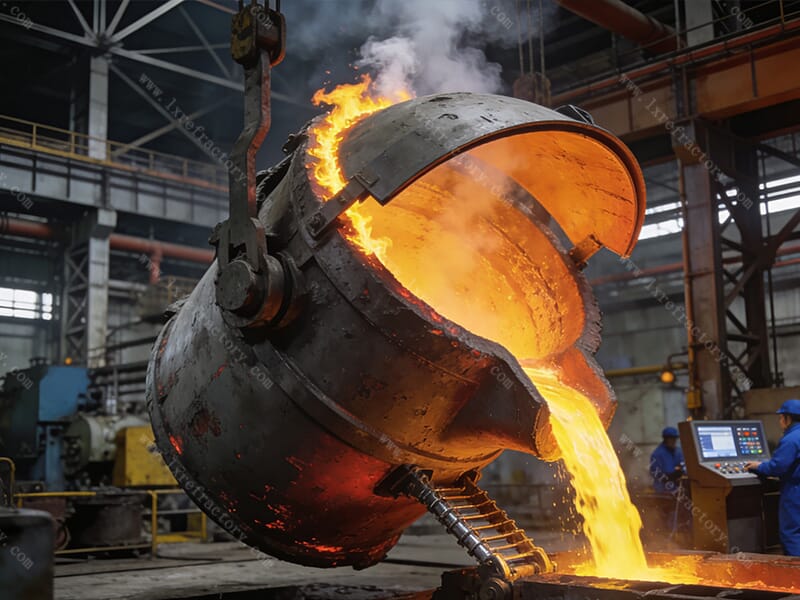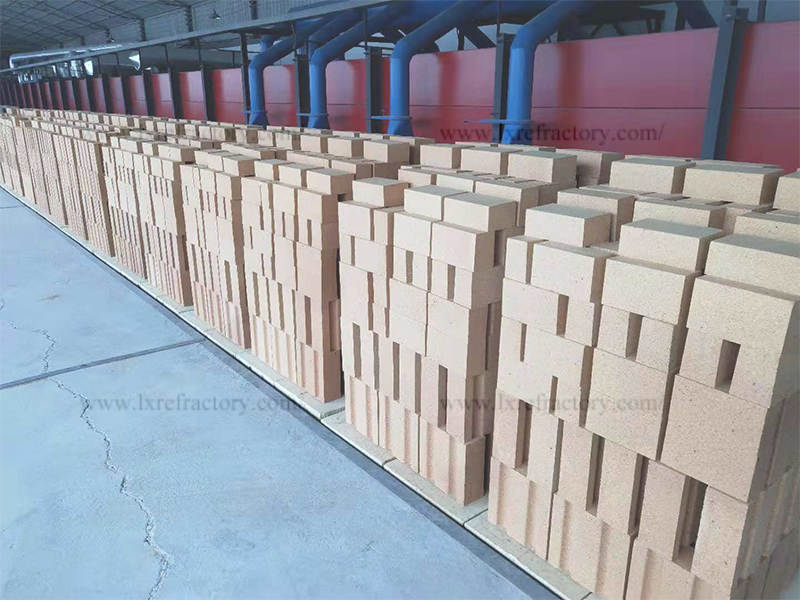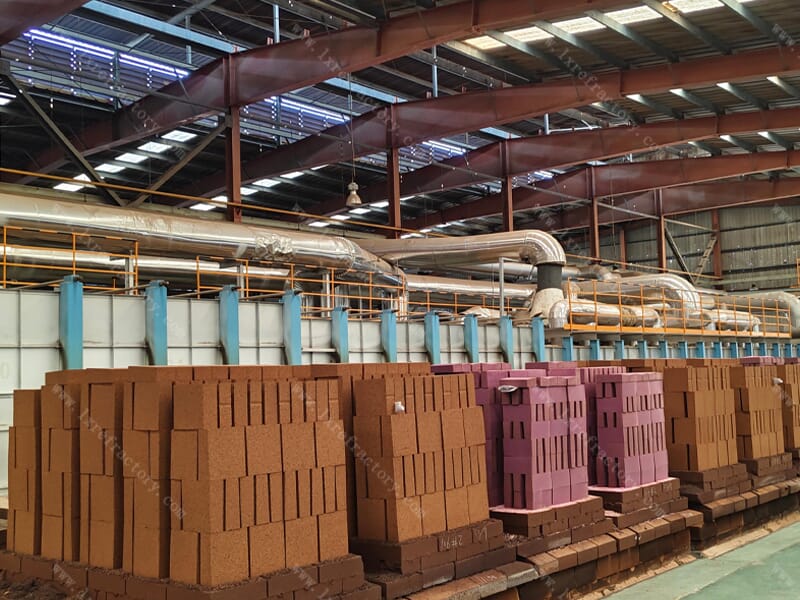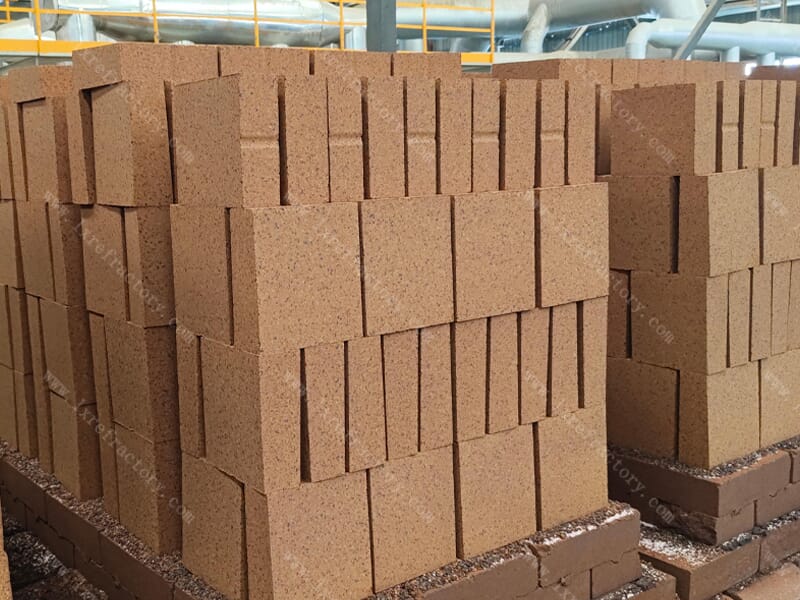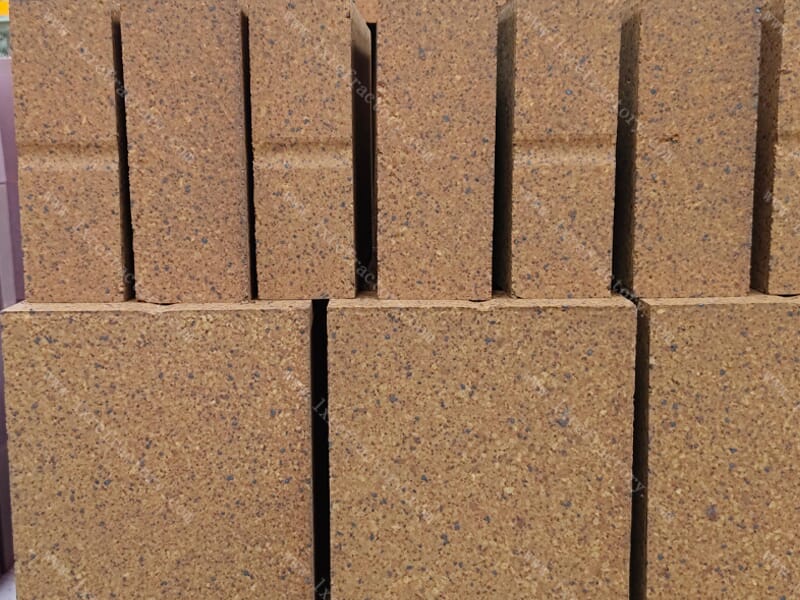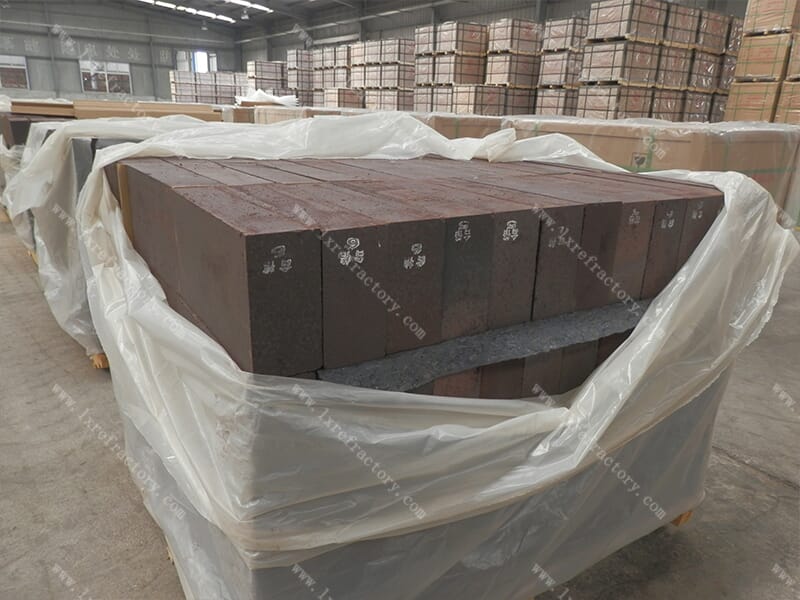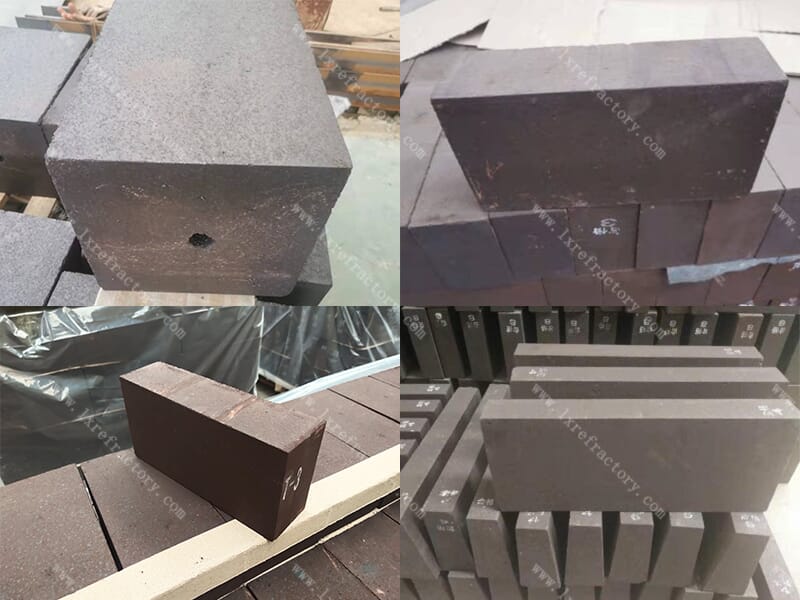In the cement industry, magnesia brick plays a key role in many aspects with its unique performance characteristics.
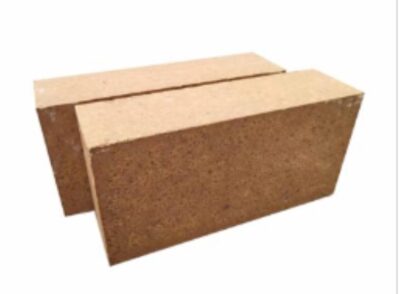
Magnesia brick
1. Core construction of cement rotary kiln lining
Cement rotary kiln is the core equipment of cement production, and its internal operating environment is extremely harsh. Magnesia brick is widely used in the lining of rotary kilns, mainly because of its excellent high temperature resistance. In the process of calcination of cement clinker, the temperature in the kiln can be as high as 1400℃ or more, and the magnesia brick can withstand such high temperature without softening and deformation, providing a stable high temperature space for the formation of clinker. At the same time, magnesia brick has good chemical stability to cement raw materials and clinker, which can effectively resist the erosion of alkaline substances and other chemical components generated by raw materials during preheating, decomposition and clinker formation, and prevent lining damage caused by chemical reaction between lining materials and materials, so as to ensure long-term stable operation of rotary kiln. Improve the continuity and efficiency of cement production by reducing production disruptions caused by frequent liner maintenance or replacement.
2. Ensuring the stability of heat utilization and temperature field in the kiln
The thermal conductivity of magnesia brick is relatively moderate, which is of great significance in cement rotary kiln. It can effectively store heat at high temperatures, reduce heat loss, make full use of the heat in the kiln, and reduce the energy consumption of cement production. In addition, in the rotating process of rotary kiln, the temperature of different parts of the kiln will fluctuate, magnesia brick with its good thermal shock stability, can adapt to this temperature change, buffer the stress generated by thermal expansion and cold contraction, and maintain the relative uniformity of the temperature field in the kiln. This helps the cement raw material to heat evenly in the kiln, fully react, promote the stable improvement of clinker quality, ensure that the produced cement meets the quality standards, and play an important role in improving the consistency and reliability of cement products.
3. Withstanding mechanical stress and material erosion
When the cement rotary kiln is running, the material inside is in a state of continuous rolling and flowing, which will cause continuous mechanical erosion and wear to the kiln lining. Magnesia brick has high mechanical strength, can withstand the impact and friction of materials, reduce the loss of lining materials. Moreover, the rotating movement of the rotary kiln itself and the vibration of the internal structural parts will produce mechanical stress. Magnesia brick can maintain the structural integrity under this complex mechanical stress environment, avoid the failure of the lining caused by mechanical damage, extend the service life of the rotary kiln lining, and reduce the cost input of cement enterprises in equipment maintenance and lining replacement. It provides strong support for the efficient and economic production of cement industry.


